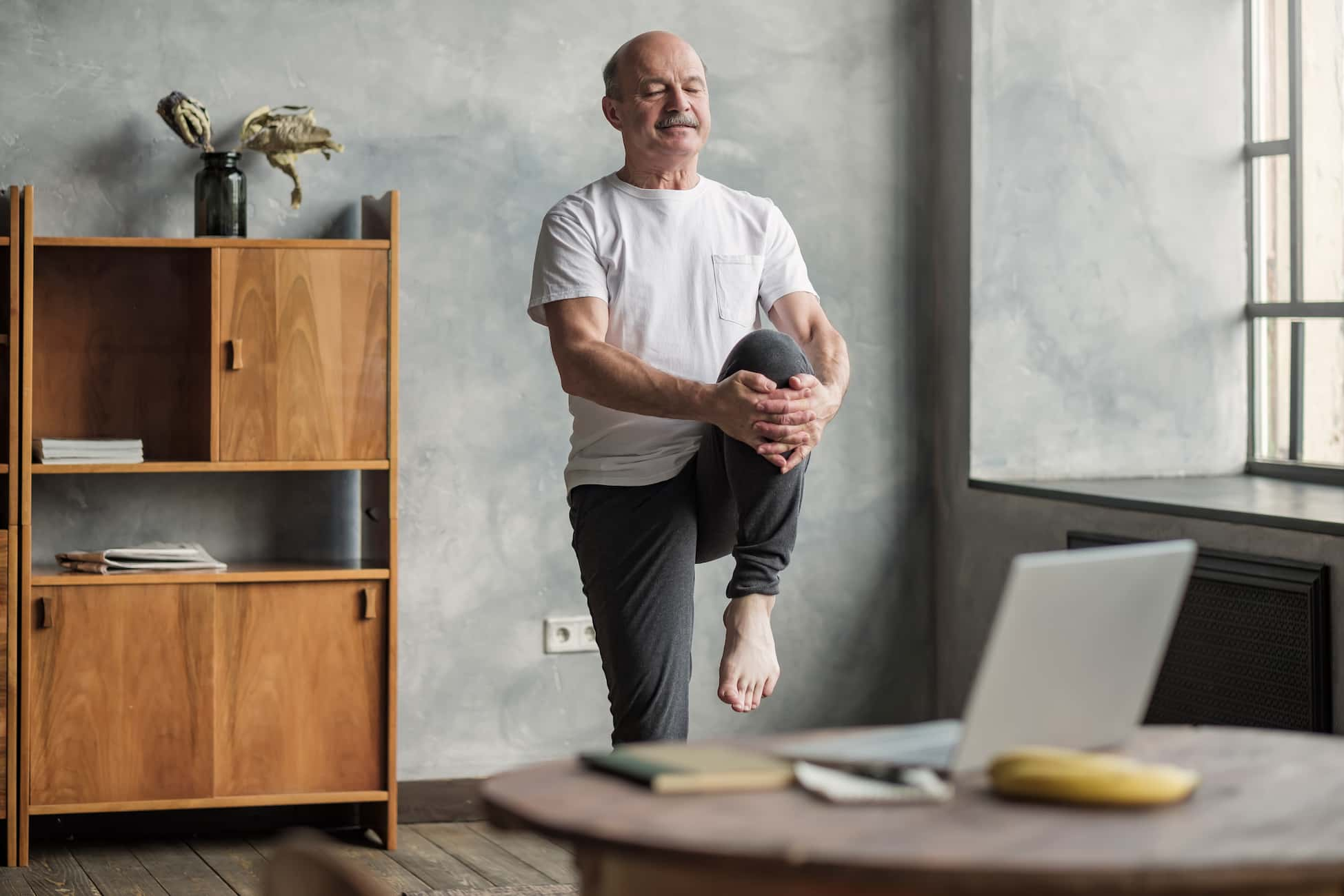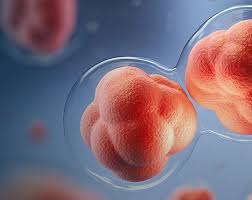
Exercises After Prostatectomy
How significant are exercises after prostatectomy? Pelvic floor exercises help to strengthen the muscles in the bladder, which are weaker following prostatectomy and therefore can prevent urinary leakage. It is important that a specialist doctor/nurse teach these exercises as they can be performed incorrectly without correct instruction. Hence, this will often affect the recovery of urinary incontinence. It can also be difficult for individuals to locate the correct pelvic floor muscles. Therefore, correct exercise is significant after prostatectomy for your urological conditions.
It is also recommended that pelvic floor exercises are performed regularly to strengthen the muscles over time. However, they should not be overdone as if all muscle strengthening could over-tire them. The general advice is to perform pelvic floor exercises a few times a day after the prostate surgery in Turkey procedure following the removal of the catheter.
If the pelvic floor muscles are powerful this will help with urinary incontinence, urinary stress incontinence brought on by coughing, sneezing, urgency and urge incontinence (sudden onset needing to urinate), urinary frequency, and nocturia (waking during the night to urinate). Pelvic floor exercises can also help with the recovery of erectile function, sustaining an erection, ability to orgasm and can also help with bowel and bladder issues.
Exercises for Recovery from Prostatectomy
The main purpose of the exercises is to help prevent urine leaking which can occur after some prostatectomy operation. Exercises after prostatectomy in Turkey are effective to reduce the side effects that the patient may have. Increasing muscle strength of the pelvic floor will also help to decrease discomfort and swelling. It is helpful to start the exercises before the prostatectomy procedure in order to practice the technique. Following the operation, start the exercises after your catheter has been removed.
Returning to your normal exercise routine can be met with some challenges following the prostatectomy procedure. It is quite common for patients to experience small amounts of pain, urine leakages, and a loss of motivation or fatigue during exercise. However, the advantages of being active outweigh the risks of doing any harm. Here we outline a suitable routine for men to get back into exercise for recovery after a prostatectomy procedure.
How Can Pilates After Prostatectomy Help?
Pilates is a perfect form of exercise if you are undergoing a prostatectomy operation. Pilates is low-impact. Moreover, it focuses on the activation of your primary stabilizing muscles of the pelvic floor, deep abdominals, deep spinal muscles, and diaphragm. These muscle combinations make up the ‘core’.
Pelvic floor exercises are advised for all people undergoing prostate surgery or prostate cancer treatment to reduce side effects. In Pilates, you can learn to use the pelvic floor with the other stabilizing muscles with your specific functional aims in mind. We recommend your exercise so that you are done with being strong and confident in your normal everyday life, not just for immediate recovery from surgery.
The Pilates method can be used to assist and resist movement. You can get back to Pilates as soon as you feel comfortable to move and it can be modified to be appropriate at all stages of your recovery process.
The Pilates method should also be an ongoing part of your regular exercise routine. It is significant to be physically active for life after prostate treatment as it slows the disease progression by up to 57% and reduces the risk of cancer mortality by 30%. You should aim for the health guidelines of 150 mins of moderate exercise each week including 1-2 strength training sessions. Pilates can form part of the general exercise routine and strength component.
Kegel Exercises After Prostatectomy
Kegel exercise strengthens the group of muscles defined as the pelvic floor muscles (also known as PC muscles, which stand for pubococcygeus.) These muscles contract and relax around the bladder or the bladder opening at your control. When these muscles are less strong, urine leakage may result. You can exercise pelvic floor muscles just like any other muscle in your body, and building them up may help reduce your symptoms. It is significant that you perform these exercises correctly and consistently to gain maximum benefit after a prostatectomy operation.
You can perform kegel exercises anywhere at any time. People around you will not even know you are doing these exercises. Take advantage of this by incorporating kegel exercises into your daily life routine. For example, you can do kegel exercises while driving a car, waiting in line, watching television, or reading a book. Be sure to exercise daily after the prostatectomy. The more exercise you do, the better.
You can also prefer these when you have an incontinent episode. For instance, if you are experiencing urinary leakage on the way to the bathroom, stop and do a few kegel exercises until the leakage stops. Then you can continue to the bathroom. If you leak urine when you cough, tighten the muscles quickly as you cough to decrease leakage. This is your best technique for reducing leakage at inconvenient times.
Other Exercises Options After Prostatectomy
Postural exercises: These exercises are intended at improving posture and strengthening the pelvic floor muscles that affect posture. Postural exercises are typically done with large therapy or medicine balls.
Taking a daily walk (30 mins): Getting out for a walk is a great warm-up for an exercise routine after a prostatectomy. Taking daily walks is a good way to ease into getting active again. Most men will feel a bit sore in recovery. Therefore this can safely get the heart rate up without putting too much pressure on your surgical site. Activities such as cycling, running, swimming or driving can take a while to return to comfort. Despite this, it is still significant that you are getting enough physical activity by building up to the recommended weekly levels at a minimum. Soft exercises such as walking after prostatectomy are the right option for you.
Myofascial exercises option: The myofascial exercises will target the pelvic floor muscles and the connecting fascia. This exercise option may contain light exercise, in addition to stretches and massage, in order to target painful trigger points and provide relief.
Swimming: This option is a great physical activity after a prostatectomy. This activity can increase your heart rate and stimulate your muscle activity as an aerobic form of exercise. In addition, the resistance of the water can help with muscle strengthening of your arms and legs. After the procedure, try and gradually increase the number of lengths you can swim or the number of lengths you can swim in one go without resting too frequently. Expert physicians advise that you avoid swimming while having radiotherapy until any acute soreness of the skin has settled, as the chlorine in the water can irritate your skin.
Improve diaphragmatic breathing: Deep breathing exercises allow your diaphragm to expand and contract. This method helps in relaxing muscles in the pelvic area. When the muscles are relaxed, they will drop and lengthen. Therefore, controlling the breath allows pain relief and provides for regained function.
Relaxation methods: Relaxation techniques are a large part of physical therapy. This type of exercise allows your muscles to ease tension, making it easier for them to be stretched and massaged. Your physical therapist may recommend certain techniques, such as guided imagery or biofeedback, in order to help you relax. These techniques can be yoga, meditation, or various relaxation methods to reduce muscle strain.
Lifting Weights After Prostatectomy
You should not lift anything over 10 pounds in the first 5 weeks after the prostatectomy procedure. However, your expert physician may have his/her own guidelines so check with him/her first and follow their protocol. After 5 weeks, you may gradually increase the weight of objects you lift. Never choose weights that you think you cannot lift easily. In addition, the techniques you use when lifting weights are very important.
Do your pelvic brace by contracting your pelvic floor and lower abdominal muscles together as you begin to lift the heavier object. For example, make sure you do not hold your breath, always exhale as you lift to decrease intra-abdominal pressure. It is extremely significant to use proper body mechanics when lifting. During the exercise, be sure your back is straight and your knees are bent. When you lift even a light object, keep it close to your center of gravity (near your belly button). When lifting objects, take care to get support from your legs without putting weight on the back.
The Study of Exercises After Prostatectomy
A study published in the Journal of Urology in 2018 demonstrated that regular pelvic floor exercises following prostatectomy significantly improved urinary continence in a cohort of post-prostatectomy patients. The study showed that patients who consistently practiced pelvic floor exercises experienced reduced urinary leakage and improved recovery of urinary function compared to those who did not perform these exercises. This research underscores the importance of exercise in the post-prostatectomy recovery process, particularly in addressing urinary incontinence.
Conclusion
Exercises after prostatectomy help a person speed up the healing process. The physical influences of a prostatectomy can be challenging enough, let alone coupled with the mental impacts it can have. It is significant that you speak up about any issues you may be having after your prostatectomy operation whether that be incontinence, sexual performance, or strains to mental health. Health specialists are here to support you in your recovery. There are also various support groups you can attend to meet others who are going through similar conditions.
Healthy Türkiye’s expert physicians are also extremely knowledgeable about the male body across the whole lifespan. This process includes from when boys can start to lift weights, to when they should reduce weights during growth periods, and all the way to the hormonal and physical changes a lot of men struggle with during the later years of life. Things such as reduced muscle mass and/or osteoporosis affect a lot of men. An expert physician can help get you back exercising and building muscles up safely. Therefore, as you can see, if you are having a problem with just about anything physical in your life, chances are we are able to help you!



